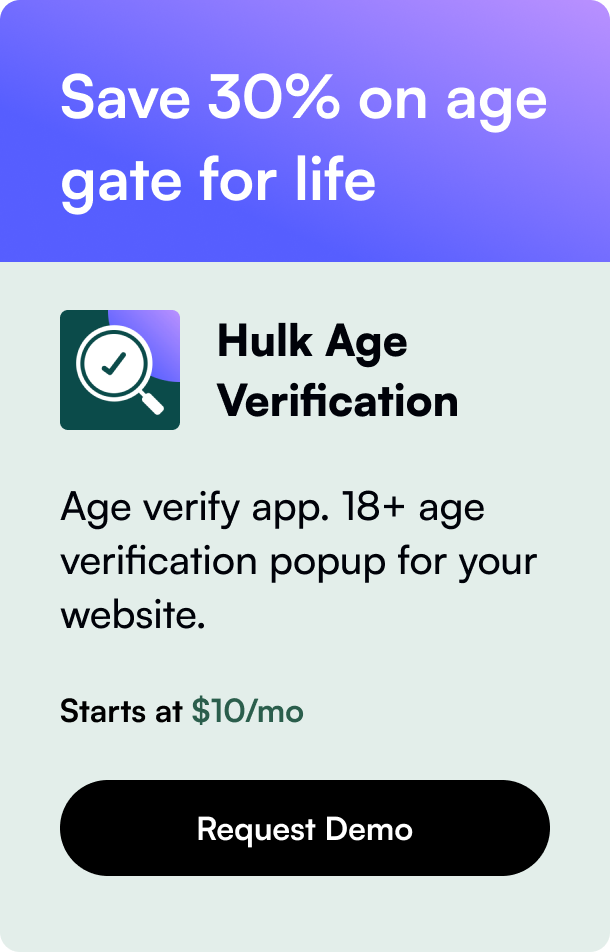Table of Contents
- Introduction
- What is Facebook Pixel?
- The Integration Benefits
- Step-by-Step Setup Guide
- Best Practices and Tips
- Conclusion
- FAQ Section
Introduction
Are you looking to enhance your e-commerce business's online marketing strategies? If yes, integrating Facebook Pixel with your Shopify store can be a game-changer. Imagine being able to track your customer's journey, understanding their behavior, and re-targeting them with personalized ads. In this comprehensive guide, we will dive into the world of Facebook Pixel and Shopify, illustrating how this powerful combination can transform your digital marketing efforts. Whether you're a beginner or an expert, this post will equip you with everything you need to know about setting up Facebook Pixel with Shopify.
It’s no secret that in today’s digital age, data is the king. The more you understand about your online visitors, the better you can tailor your marketing strategies to meet their needs. This is where Facebook Pixel comes into play. Combined with Shopify, it allows you to track user interactions on your website, giving you invaluable insights into your marketing campaign's performance.
By the end of this post, you will not only learn how to set up Facebook Pixel with Shopify but also discover strategies to leverage this integration for optimizing your ad campaigns and boosting your ROI. So, let’s embark on this journey towards unlocking the full potential of your online store.
What is Facebook Pixel?
Before we dive into the setup process, let's understand what Facebook Pixel is. Simply put, Facebook Pixel is a code snippet provided by Facebook that you can insert into your website. This code tracks and collects data on how users interact with your website after clicking on a Facebook ad. The insights gathered through Facebook Pixel empower you to create highly targeted ad campaigns, making it an indispensable tool for marketers aiming to enhance their ad strategies.
The Integration Benefits
Integrating Facebook Pixel with Shopify comes with numerous advantages:
- Enhanced Ad Targeting: Tailor your Facebook ads based on real data collected from your Shopify store visitors.
- Conversion Tracking: Measure how well your ads are converting by tracking actions users take on your website.
- Re-targeting: Increase your conversion rate by targeting previous website visitors who didn't make a purchase.
- Insightful Analytics: Gain valuable insights into user behavior, helping you make informed decisions to optimize your ad campaigns.
Step-by-Step Setup Guide
Let’s walk through the process of setting up Facebook Pixel with Shopify:
Step 1: Create Your Facebook Pixel
- Begin by logging into your Facebook Ads Manager.
- Navigate to the Pixels section under the Events Manager menu.
- Click the “Create a Pixel” button and follow the prompts.
- After creation, you will receive a unique Pixel ID.
Step 2: Add Your Pixel ID to Shopify
- Log into your Shopify admin panel.
- Click on “Online Store” and then “Preferences”.
- Scroll down to the Facebook Pixel section and enter your Pixel ID.
- Save your changes.
Step 3: Test Your Pixel
- Use the Facebook Pixel Helper extension for Chrome to verify that your pixel is firing correctly.
- Visit your website and perform different actions like viewing a product or adding an item to the cart.
- Check if these actions are being tracked by your Pixel through the Ads Manager.
Step 4: Create Custom Conversions
- Back in the Facebook Ads Manager, create custom conversions to track specific actions like purchases or sign-ups.
- These conversions will help you measure the success of your ad campaigns.
Step 5: Start Targeting and Re-targeting
- Use the data collected by Facebook Pixel to create targeted ad campaigns.
- Set up re-targeting ads to capture potential customers who visited your shop but didn’t make a purchase.
Step 6: Analyze and Optimize
- Regularly analyze the data provided by Facebook Pixel.
- Use these insights to optimize your ad campaigns, improve your store’s user experience, and ultimately increase your sales.
Best Practices and Tips
- Early Implementation: Install Facebook Pixel as soon as your Shopify store goes live. This ensures you're collecting valuable data from the start.
- Use Event Tracking Wisely: Beyond basic actions, utilize Facebook Pixel to track custom events that are crucial to your business.
- Privacy Compliance: Make sure to update your privacy policy to inform your visitors about the use of Facebook Pixel for data collection.
Conclusion
Setting up Facebook Pixel with Shopify is a straightforward process, but the benefits it brings can significantly impact your business’s marketing efforts. By understanding and leveraging the actions your customers take on your website, you can create more effective, targeted ads that drive results. Remember, the key to successful digital marketing lies in testing, analyzing, and optimizing based on reliable data — and that’s exactly what Facebook Pixel provides.
Embark on the journey to mastering Facebook Pixel with Shopify and unlock your online store's full potential, maximizing your marketing efforts, and driving unparalleled growth.
FAQ Section
Q1: Is Facebook Pixel free to use? Yes, Facebook Pixel is a free tool provided by Facebook.
Q2: Can I use multiple Facebook Pixels with my Shopify store? Shopify supports a single Facebook Pixel per store. However, multiple Pixels can be managed through Facebook's Business Manager.
Q3: How long does it take to see results from Facebook Pixel data? While Pixel starts collecting data immediately, it's best to allow a few weeks to gather sufficient information for impactful decisions.
Q4: Will Facebook Pixel slow down my website? Facebook Pixel is designed to have minimal impact on site speed. However, site performance should be monitored regularly.
Q5: How does Facebook Pixel handle user privacy? Facebook provides options for users to manage their data privacy settings. Ensure you have a clear privacy policy that communicates how you use data collected by Facebook Pixel.








